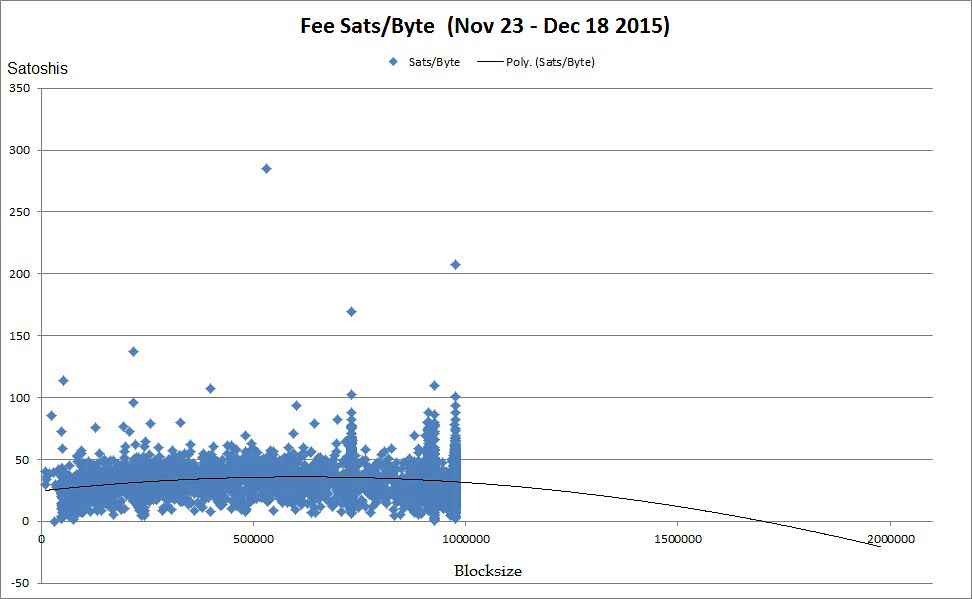"We've often discussed here how much of the analysis (my fee market paper included) assumes that mining is perfectly competitive, but in reality miners will likely have
some pricing power."
Textbook perfect competition requires that all producers face the same production costs in a single, homogeneous market.
Viglione documents Bitcoin price premiums that vary inversely with Economic Freedom Index scores in different countries. This belies the assumption of a homogeneous market. Different bandwidth, electricity, and IT management costs in different countries belie the assumption of uniform production costs.
Furthermore, the existence of a relatively small number of large mining pools, the operators of which watch each other closely, indicates oligopoly, which is a small step from monopoly, if those who control a majority of the hashing power cooperate, even tacitly.
So, yeah...
no.
Nonetheless, if miners more or less consistently seek to undercut each other and are limited on the lower bound by operating costs, then the assumption of perfect competition is probably safe as a first iteration, and good enough for practical purposes. On the other hand, if one is writing for an audience of economics researchers—as opposed to finance researchers—then this kind of hair-splitting might be good for an academic paper.




